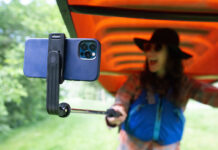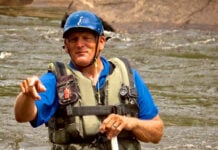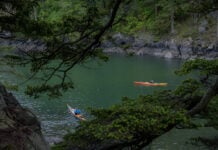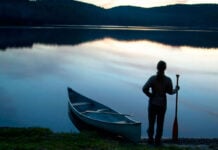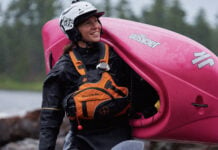Through an expert combination of thoughtful interviews and heart-stopping whitewater footage, German filmmaker Olaf Obsommer’s latest project, The Grand Canyon of the Stikine, captures the heart and soul of the storied river—the closest most people will get to the real experience. Born to paddling parents, Obsommer’s entire life has been on the water, and he’s been filming whitewater since 1992. The Grand Canyon of the Stikine won Best Whitewater Film in the 2015 Reel Paddling Film Festival.
Why filmmaking?
In my dreams, it’s a sex, drugs and rock ‘n’ roll lifestyle. In reality, being outside in nature is the main thing. That’s what it’s all about—I don´t have to be filming kayaking as long I’m close to Mother Earth. It’s a privilege to live this way. It fills my heart with love and makes all the effort that goes into a film worthwhile when people thank me for the inspiration and entertainment.
What makes a great whitewater film?
Action, passion, interesting characters, humor and, if possible, some historical footage. A good story, music and little bit of craziness is important. Maybe I’m old school, but I always film with a camera on a tripod with fluid head. We had two of those in Stikine Canyon. Of course it’s more stressful to run rapids with a tripod between your legs, but the quality is worth it, and a telephoto lens lets you get shots you couldn’t get on a wearable camera.
What’s your approach?
Most importantly, I try not to take myself too seriously—it’s only kayaking. It’s important to know what market you’re making a film for. If it’s just for fun, it’s easy—I can do whatever I want. If a movie is for an audience of kayakers, I don’t have to explain basics and difficulty. If it’s for non-kayakers, I explain more about the sport. For videos that will be online, I don’t like long intros—I joke that if there’s no action in the first 30 seconds, the movie fails. That’s why Stikine starts straight away with hard whitewater.
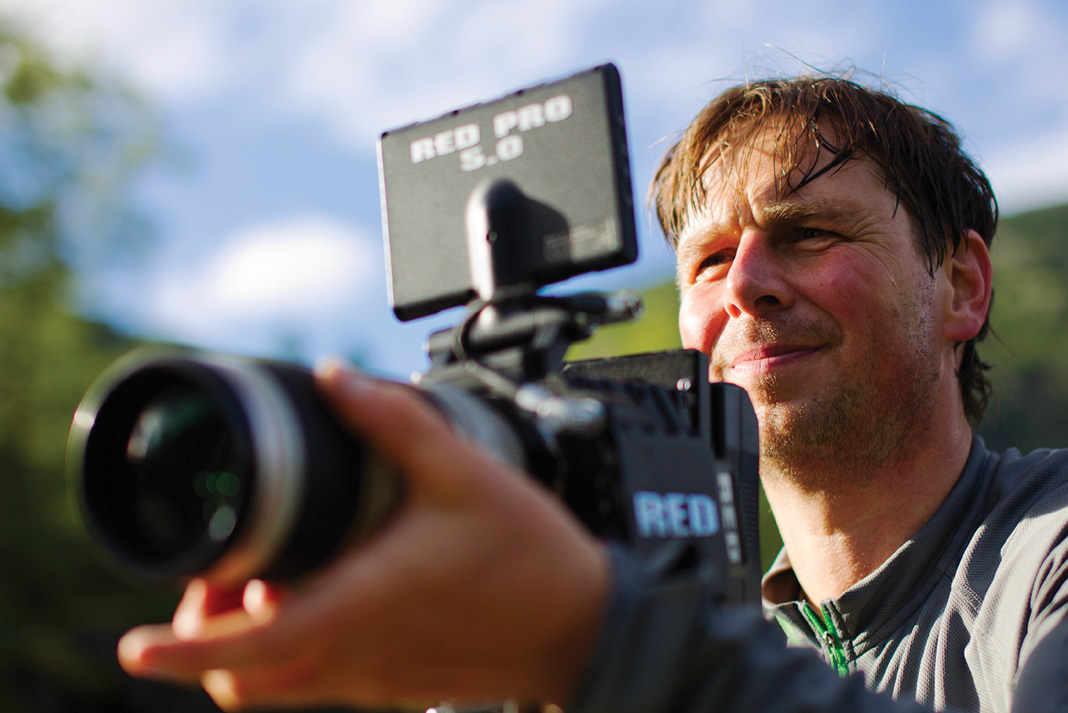
INFAMOUS REMOTE RIVER. AND…ACTION! | PHOTO:JENS KLATT
What are the challenges?
Having extra gear in my kayak—cameras, lenses, tripods and other little tools—make it difficult to be fast. You have to have good climbing skills too. On the Stikine I’d climb 15 minutes up to get a shot. Then, after a long day of paddling and filming on the river, you have to find the motivation to shoot interviews, the camping lifestyle, landscape and wildlife. The hardest part is finding the drive and spirit to invest as much passion as possible in each shot.
How do you choose an expedition team?
Friendship is important—you can be in the most beautiful place on earth but when the chemistry is wrong in the group, it’s a nightmare. How do I avoid this? I make sure all the egos on a trip are smaller than my own! Joking aside: big egos kill adventures. I’ve heard of expeditions that ended in fistfights. Harmony is important. The people I started paddling with aren’t all still living the kayak lifestyle I am, so these days I’m usually the oldest and I’m happy to be on trips as long as I don’t slow things down too much for the young fellas.
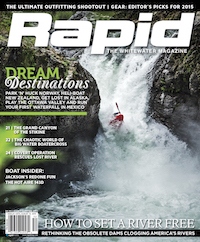
Subscribe to Paddling Magazine and get 25 years of digital magazine archives including our legacy titles: Rapid, Adventure Kayak and Canoeroots.



